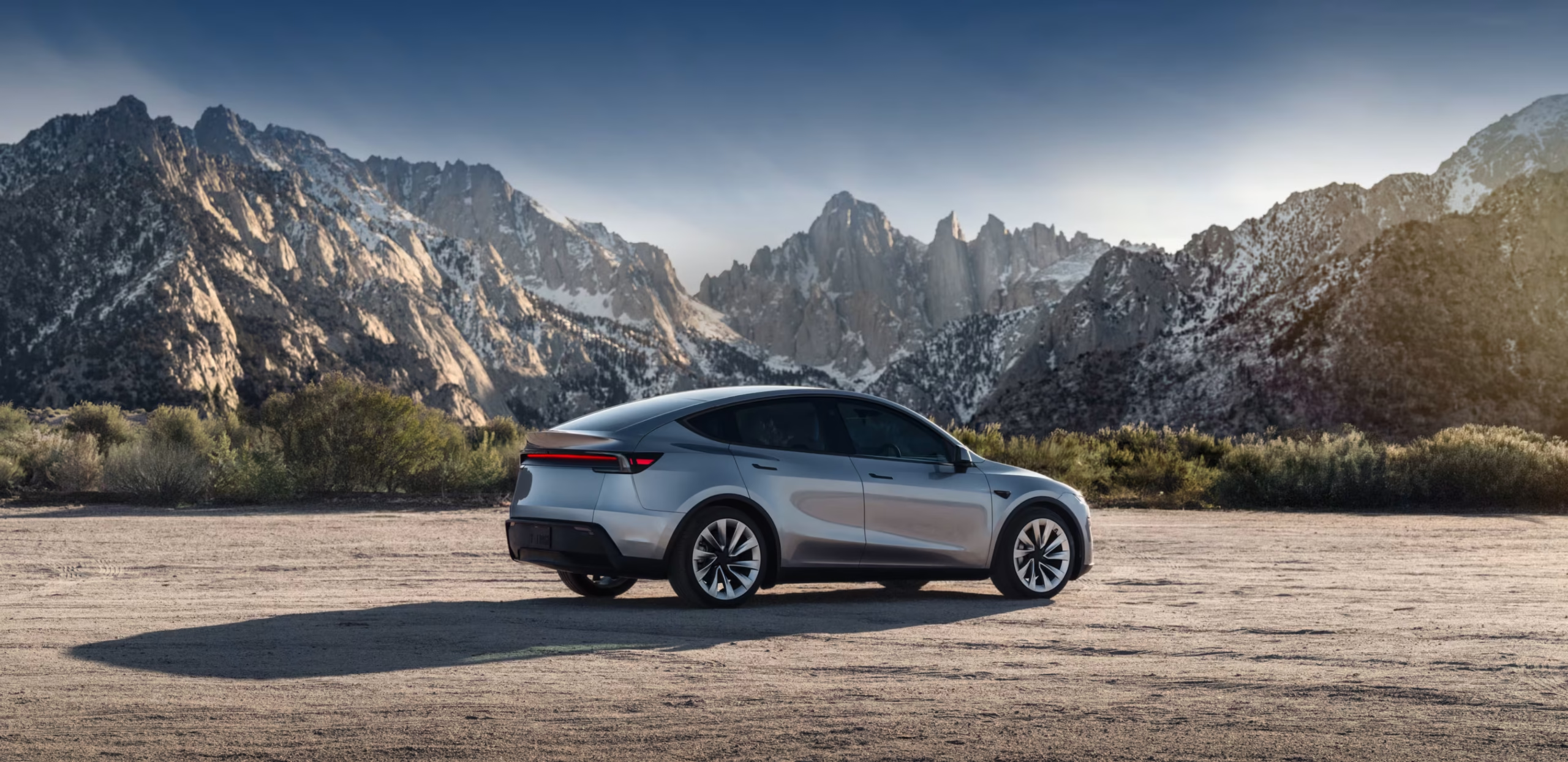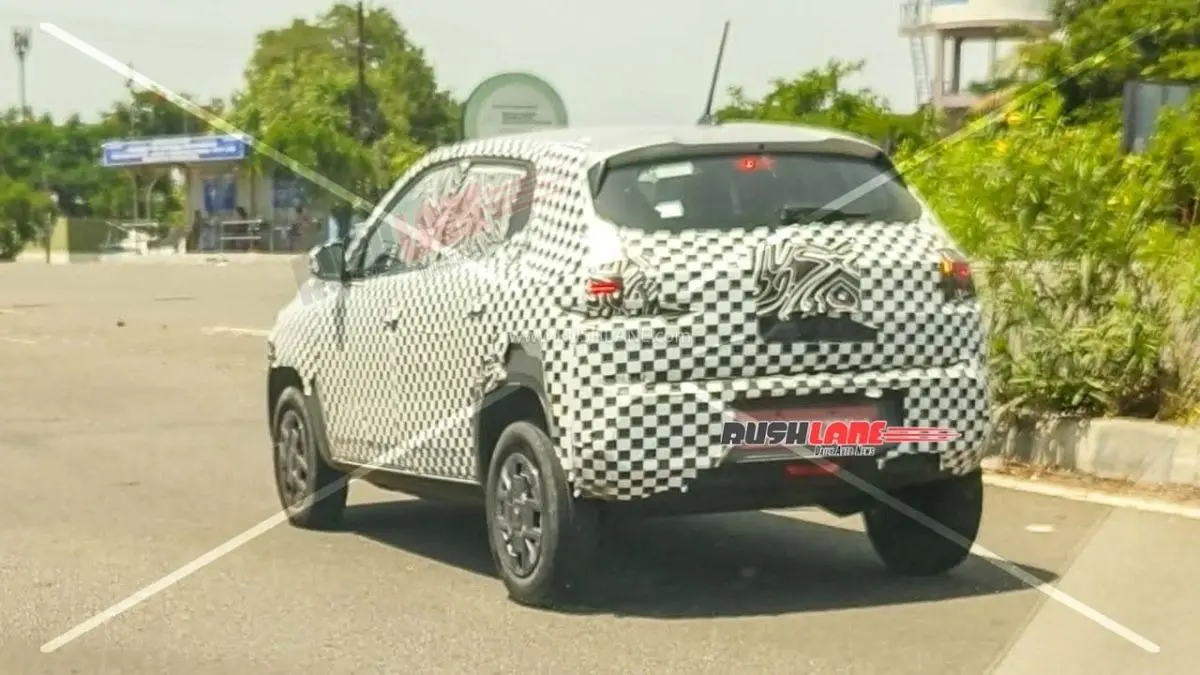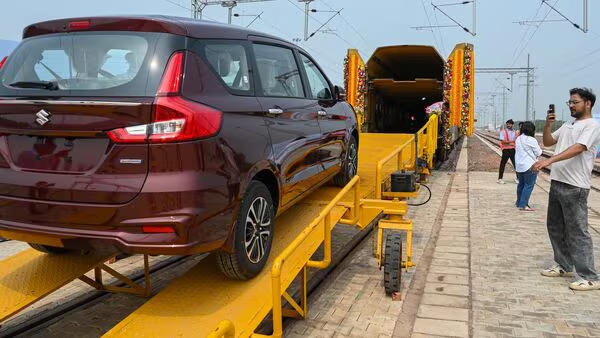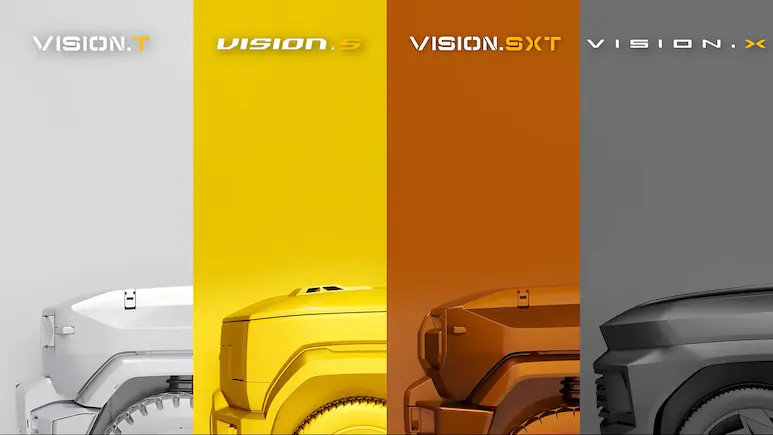Tesla’s long-anticipated entry into the Indian market—with the launch of its Model Y SUV and new showroom in Mumbai—has generated significant industry buzz. However, auto experts believe Tesla’s presence won’t directly affect the sales volumes of established Indian EV players like Tata Motors and Mahindra & Mahindra, at least in the short term. Instead, it is expected to create a powerful aspirational shift in how Indian consumers view electric vehicles.
Tesla’s Premium Play: Not a Volume Threat
With prices ranging between ₹59.9 lakh and ₹67.9 lakh, the imported Tesla Model Y clearly targets the luxury EV segment. Due to India’s high import duties (up to 70%), Tesla is not positioned to compete directly with Tata and Mahindra’s mass-market electric vehicles, which mostly fall below the ₹30 lakh mark.
As of June 2025, electric vehicles made up just 4.4% of India’s total passenger car sales. Tata Motors led the segment with a 35.8% share in Q1 FY26, followed by Mahindra at 22.9%. Analysts have noted that Tesla’s current pricing and positioning ensure it won’t cannibalize the domestic volume leaders in any significant way.
Raising the Bar Through Aspirational Appeal
Industry watchers agree that Tesla’s brand appeal can have a far-reaching effect. Even if its direct sales are modest, Tesla’s presence adds status and desirability to the EV space in India. Nikhil Dhaka of Primus Partners noted that Tesla’s arrival is more about influencing perception than competing on price.
According to analysts, Tesla’s high-tech image, minimalist design, and global cult status can attract attention across all income brackets—potentially accelerating the rate at which Indian consumers adopt electric vehicles.
Tata and Mahindra: Still in the Driver’s Seat
Tata Motors and Mahindra & Mahindra continue to dominate the mid-range EV market in India with models like the Tata Nexon EV, Harrier.ev, and Mahindra XUV400. These offerings are backed by robust local production, widespread service networks, and a better understanding of Indian road conditions and consumer preferences.
While Tesla may not shake their market share immediately, its entry raises the bar for product innovation, range performance, and digital integration. Experts suggest Indian brands will now feel more pressure to invest in software updates, AI-enabled features, and premium trims to keep pace with changing customer expectations.
Will Tesla Eventually Compete Head-On?
Tesla’s ability to disrupt India’s EV market at scale depends on three main factors:
- Local Manufacturing: Without a domestic assembly plant, high pricing will continue to limit Tesla’s reach.
- Reduced Tariffs: Lower import duties could make Tesla’s lower-end models more accessible.
- Charging Network: Expanding the Tesla Supercharger network will be key to improving ownership confidence.
Until these developments materialize, Tesla will remain an elite choice, more about branding and technology awareness than volume play.
Future Outlook
Tesla’s presence is expected to:
- Enhance consumer interest in EVs across income levels.
- Push Indian automakers to improve tech and design offerings.
- Boost ecosystem development for high-end EVs, including fast charging and connectivity features.
While Tata and Mahindra may not feel immediate pressure, the competitive landscape will evolve rapidly if Tesla begins local production or introduces a sub-₹40 lakh model.
Final Takeaway
Tesla’s India debut is more symbolic than disruptive—at least for now. It doesn’t pose a direct threat to Tata or Mahindra’s electric vehicle volumes, but it significantly elevates the aspirational value of EVs in India.
For Indian automakers, this is both an opportunity and a wake-up call. The EV race is no longer just about affordability—it’s about brand image, digital features, and lifestyle alignment. As Tesla turns heads, domestic giants must double down on innovation to stay ahead.
Photo Credit: Tesla India




